Go to The Timeline starting at Era I
Biblical Times to 1897
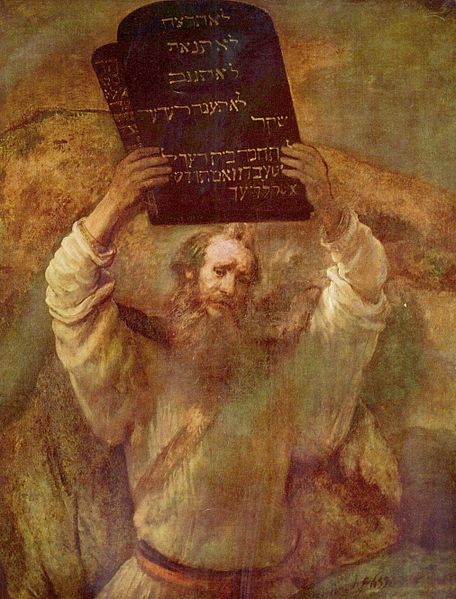
From the biblical covenants, Jews bound themselves to the belief in one G-d, an unbreakable tie to the Land of Israel. From its inception, Jewish identity was wrapped around the mutual commitments between G-d and the people.
These included living in the land of Israel, G-d’s promise to make of them a ‘great nation,’ giving them a name, and being a blessing for other nations of the earth. For those promises, Jews were required to engage in specific behavior, namely keeping laws, rituals, customs, etc. Knowing Torah (the Bible) and halakhah (the oral tradition that encompassed all aspects of a Jews life) were core elements in Jewish identity. Both originated before the Common Era (BCE). Torah study included educating the young where the importance of Zion, or the land of Israel was affirmed as integral to Jewish identity. In Psalms it is written: “By the waters of Babylon, there we sat down and wept when we remembered Zion.”
Jews evolved as a people based on their laws, their common historical experiences, and because of what others did to them as Jews. After wandering under Moses’ leadership, Jews founded their state, and built their temple as a center from which their beliefs radiated. Then it was destroyed in 586 BCE, rebuilt again, and destroyed again in 70AD. Two Jewish states were established and destroyed. Since their displacement from the land of Israel by the Romans, Jews strove to hold fast to their core belief in monotheism, the Sabbath, and core rules of behavior. Learning Torah, obeying its prescriptions, and staying attached to life-cycle events provided internal communal cement. Through Liturgical References to Zion and Jerusalem, the Jewish people sustained their connection to their ancestral land. Moreover, their religious calendar was determined by the schedule of holidays and fast days as celebrated in Eretz Yisrael (the Land of Israel). Regardless of whether they lived in Baghdad, Berlin, or Budapest, Jews all read the Torah, maintained their customs and observed their laws, and retained a “longing” to return to Zion.
Seeking Zionism
Era II: 1898 to 1948
Home / Era II: 1898 to 1948
Go to The Timeline starting at Era II
Autonomy to Sovereignty
From 1898 to 1948, Zionism evolved from an idea to a concrete reality: the actual establishment of the Jewish state, Israel. When Herzl wrote his idea for The Jewish State, Jews had little political power, and almost no financial resources with which to bring the Zionist idea to fruition. Jews had remained steadfast in their communal commitment to preserve their identity. They also had experience in lobbying others to achieve political and economic objectives. Whether or not Zionists achieved permission or protection from a country or leader, Jews continued to immigrate to Palestine. Slowly, they created facts by linking people to the land. For the next half century, fortuity and fortitude made the Zionist undertaking a reality. Several interconnected reasons explain Zionist success in creating a state; each was necessary for the establishment of Israel as a Jewish state.

The most significant reasons were:
- Foresight, pragmatism, and improvisation of Zionist leaders
- The manner in which Eretz Yisrael (later termed Palestine) was governed during the Ottoman, and later British mandatory times
- The socio-economic demography and political behavior of the Arab population in Palestine, and that of Arab leaders in neighboring states
- Events outside of Palestine that catalyzed the state’s establishment
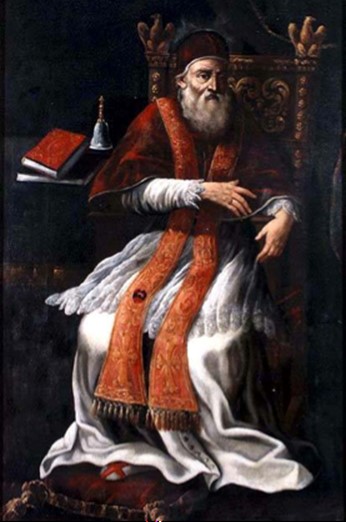
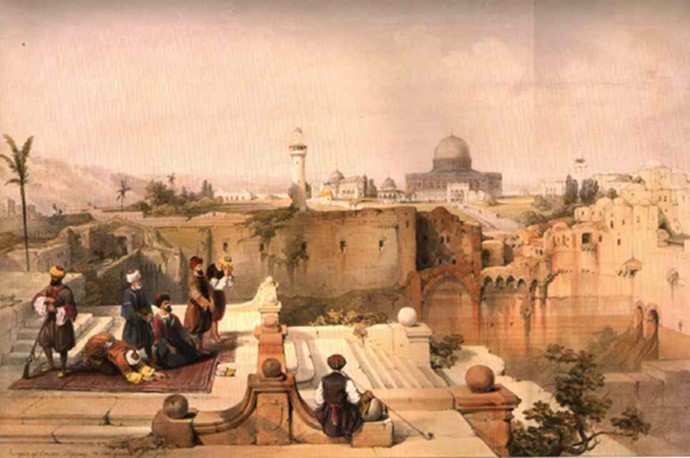

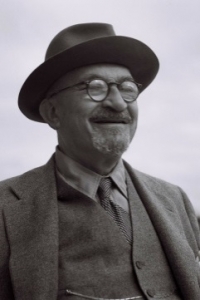

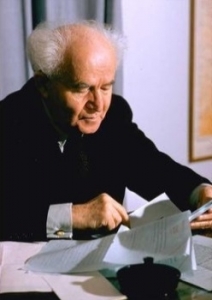
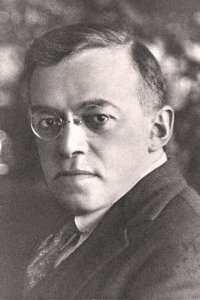
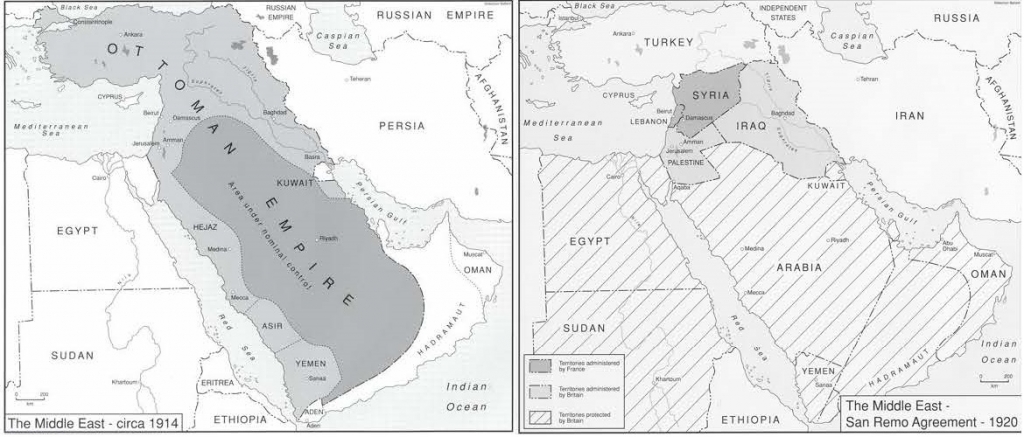


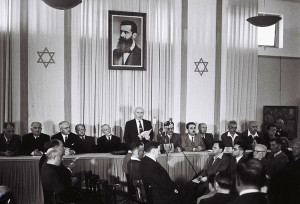
No comments:
Post a Comment